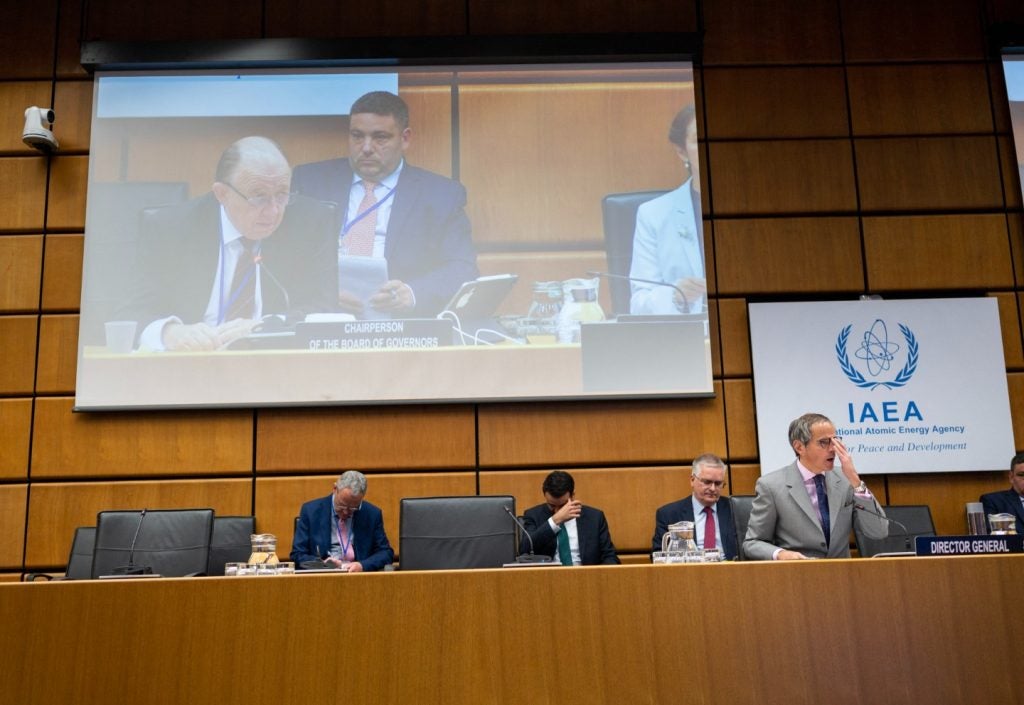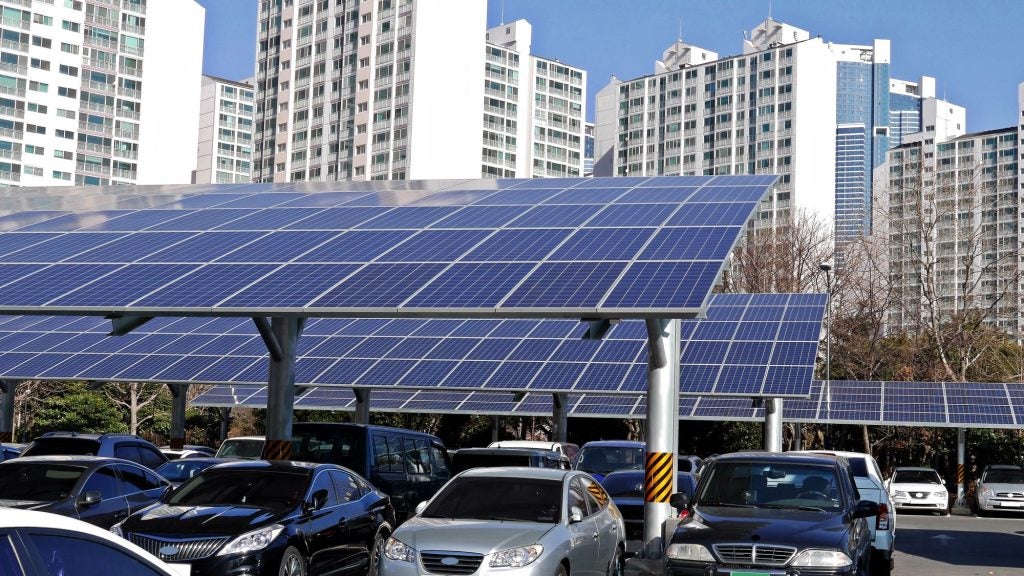
A team of physicists and chemists from the University of Bristol has developed man-made prototypes of a ‘diamond battery’ that is able to generate a small electrical current when in contact with radioactive particles.
By using irradiated carbon-14 from decommissioned nuclear stations, which has a half-life of 5,730 years, these batteries could potentially provide micro power beyond what humans can imagine. The shortest lifespan according to the team is about 12.4 years and the longest up to 5,000 years.
During this project, the scientists have come up with four battery types, three of which are beta voltaic and one gamma voltaic type, all of which harvest particles in different ways and have various applications.
Application and timeframe of the voltaic batteries
One type of battery established is the carbon-14 “diamond beta battery” (a trademarked name), which is made safe for use by being encapsulated in protective material. It is planned to be used within a sensor package which can be incorporated in a number of technologies such as AI, interfaces and IoT devices.
Another notable type is the tritium diamond battery that could power medical applications such as pacemakers, hearing aids, and a new technology called e-skin which is placed over prosthetic limbs to simulate real skin sensation. The tritium battery can also be used in vehicle sensors required in case of power loss for activities such as maintaining engine power and braking, an essential obstacle to speeding up the transition to driverless cars.
How well do you really know your competitors?
Access the most comprehensive Company Profiles on the market, powered by GlobalData. Save hours of research. Gain competitive edge.

Thank you!
Your download email will arrive shortly
Not ready to buy yet? Download a free sample
We are confident about the unique quality of our Company Profiles. However, we want you to make the most beneficial decision for your business, so we offer a free sample that you can download by submitting the below form
By GlobalDataSome of the batteries are targeting possible applications in extremely harsh conditions like space. As Dr Neil Fox from the Bristol School of Chemistry explains: “you can actually put this battery in space and on the moon with minus 173°C temperature, and it will still work.”
As part of the project, the batteries are planned to be rolled out one at a time over the following four years. The first one, expected to be released in 2021 subject to funding, is the beta light voltaic device, which will be used to power sensors in hard-to-reach environments where batteries don’t need to be replaced as frequently.
“For example, if you’re looking at a mining application, we would be putting these in sensors that measure everything from moisture and air density to temperature, and any number of different applications like that,” says Morgan Boardman, industrial fellow at the Bristol School of Physics.
Depending on success and timing arrangements, the team will be looking at a release of another product in 2022, followed by the remaining two battery types by the end of year four.
Obstacles to creating the batteries
In terms of challenges, the team points out that, unlike chemical batteries, these atomic battery types are working with a radioactive material and manufacturing them means that there is a significant amount of radioactivity in one place. While the process is made safe, the safety infrastructure put in place and associated governmental permissions come with big costs.
The upfront cost of starting such a commercial enterprise is substantial and the research is currently funded by the UK Government’s Engineering and Physical Sciences Research Council, part of a programme of funding for technologies that provide micropower suitable for use in extreme or remote environments. With about six months left on the project with government funds, and having created working prototypes of the technologies, the team is now hoping to continue working with a mixture of government funding and private investments to develop the technology towards a market commercialisation.
Solving the problem of piling up nuclear waste
“With the UK having 90,000 tons of irradiated graphite, which equates to something on the order of 900 tons of carbon-14, this represents quite a significant resource,” says Bristol University physicist Thomas Scott.
This government-funded project not only promises to create long-lasting micropower but it is also designed to help make a good use of nuclear waste which is currently buried in the ground and stored for thousands of years.
With the project relying on carbon-14, the team’s research has shown that some of the graphite in certain types of reactors is more suitable for use as it has less traces of gamma contamination compared to graphite from other types of reactors.
In particular, Scott and Boardman say that nuclear power stations managed by Magnox are found to be rich in this “clean” kind of graphite and they have already approached the operator with an inquiry to work with its irradiated nuclear waste.
“We are also keenly interested in the value to the UK taxpayer and assisting in downgrading this graphite from being an intermediate level waste to being a low level waste,” Boardman says.
With the lack of deep geological facility storage places suitable for storing the graphite from a number of stations soon to be decommissioned in the UK, this idea comes at a critical time.
The team say that the need to solve this problem is part of what has driven their initiative and this has recently provoked a commercial spin off of the project. “We are keenly interested not only in delivering value to our commercial parties, but we’re very mindful and every step that we take relates to how we can benefit society as a whole,” Boardman says.





